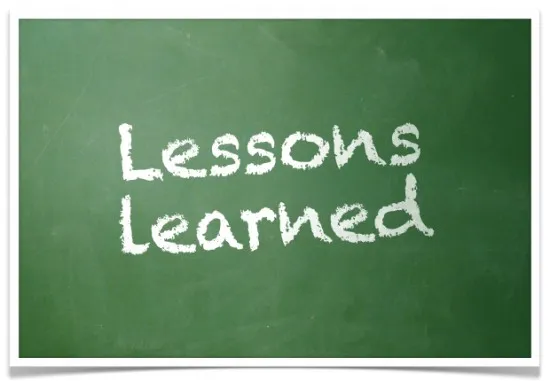3 Branding Lessons From Dove for Startups

Over the last few years, we have seen tons of startups build apps and products. If you’re starting off today, the bigger question is not what you build but how you get people to notice what you do. A lot of FMCG (Fast Moving Consumer Goods) companies face the same issue. After all, a soap is a soap is a soap, right? How do you get people to think of it differently?
One way is to get a Bollywood celebrity croon that it is the reason for her glowing skin and beauty. As an aside, don’t you wonder what’s the percentage contribution to the celeb’s complexion amongst the soaps, creams, vitamins, food supplements, etc. that they promote with equal fervor?
Back to soaps.
Dove started off as a ‘beauty bar’ that used synthetic materials in its formulation, something that was distinct from the others. Dove was introduced in Europe first, before Unilever bought the brand and made it a household name across most of the world. Dove gained immensely from a campaign around a dermatological study in the 1970’s that stated that Dove dried and irritated skin less than ordinary soap. Unilever has since launched many products under the Dove brand, all of them premium. It is also a megabrand under Unilever’s classification.
As a startup, here are some interesting branding lessons from how the Dove brand has been built and managed.
Contrast with existing solutions
Most brand advisors would tell you to avoid a negative connotation in your brand communication. Dove does it beautifully. The first thing everyone remembers about the Dove ads is “Dove is not a soap”. Almost everyone remembers why Dove is not a soap. It is ‘1/4 moisturizing cream.
By contrasting with the regular soaps, Dove manages to stand apart from the industry perception of soaps and consumers justify a premium pricing. When you’re trying to market products in a crowded space, the noise factor may drown out communication about your product or brand.
If everyone else is building an enterprise app or an eCommerce site, try thinking of where you can use contrast to your benefit. Do you have something that stands out that you can use to contrast with the existing scenario? If it is unique enough, try highlighting it boldly in your communication. Another tip from Dove’s branding: keep the core message simple. And keep repeating it.
Maintain brand promise across product range
From just a bathing bar, Dove extended its product range into hair care and other categories for both men and women. However, the brand promise of ‘moisturizing’ and being ‘good for skin’ is carried across, enabling them to maintain the differentiator across the portfolio.
As a startup, try isolating your key brand promise and ensure that the essence is carried across your portfolio. This lets your consumer relate to a common expectation that you stand for.
Get real testimonials
A large part of Dove’s marketing efforts has been about getting real people to talk about the product. Dove does not use celebrities to endorse products. Dove has successfully built campaigns around ‘real beauty’ and contrasted that against regular brands, which further extends its core brand promise.
As a startup, when you do not have huge marketing spends, customer advocacy is a great way to get noticed. Getting different customers to talk about your product on social media or provide a reference is a great way to build your brand. You should align the testimonials with your core brand promise, so that all communication about your brand is coherent.
As you go about building your brand, try tracking some of the more popular brands and identifying key promises they make, and how they communicate them.
Contact the author at [email protected]







